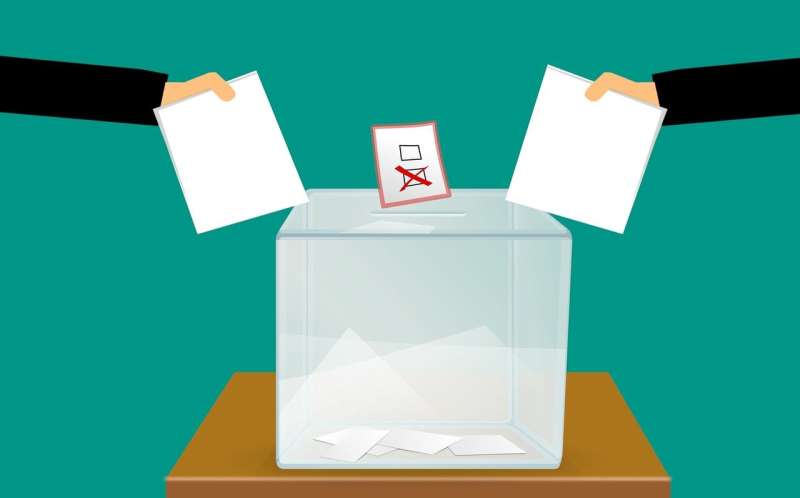This article has been reviewed according to Science X's editorial process and policies. Editors have highlighted the following attributes while ensuring the content's credibility:
fact-checked
trusted source
proofread
Minority candidates—including women and LGBTQ2S+—in Canadian federal elections are positioned to be sacrificial lambs

A new study from researchers at the University of Ottawa's School of Political Studies paints a stark picture for minority candidates' success in Canada's federal elections, with the Liberal Party and Conservative Party particularly guilty of positioning their minority candidates to fail.
The past decade has seen Canadian federal political parties increase their efforts to diversify their pool of candidates through representation targets, particularly The Green Party of Canada and the NDP. An analysis of candidates who ran in the past three federal elections revealed:
- Women and LGBTQ2S+ candidates are particularly overrepresented in hard-to-win districts.
- Minority candidates of the Liberal Party and the Conservative Party are much more disadvantaged than minority candidates of other parties and are more likely to be nominated in districts their party lost by a landslide previously compared to minority candidates of the NDP and Green Party.
- Incumbent minority candidates are less likely to be re-elected than non-minority candidates, indicating they previously won in more difficult districts to secure.
"Despite attempts to improve the representation of minority in Canadian political institutions, there are still significant barriers to their representation. The more minority groups a candidate belongs to, the more they are likely to be sacrificial lambs," says Luc Turgeon, co-author of the study along with Valérie Lapointe (Ph.D. candidate) and Benjamin Ferland, an Assistant Professor in the Faculty of Social Sciences.
The study, published in Electoral Studies, considered how partisanship, incumbency, and intersectionality impact the likelihood of minority candidates to be nominated in (non-) winnable electoral districts.
"These obstacles do not come from voters, but from political parties that tend to nominate minority candidates in hard to win ridings. Such obstacles are a significant reason why certain minority groups remain significantly under-represented in Canada," added Full Professor Turgeon.
More information: Valérie Lapointe et al, Still sacrificial lambs? Yes! Minority groups in Canadian federal elections, 2015–2021, Electoral Studies (2023). DOI: 10.1016/j.electstud.2023.102717
Provided by University of Ottawa



















